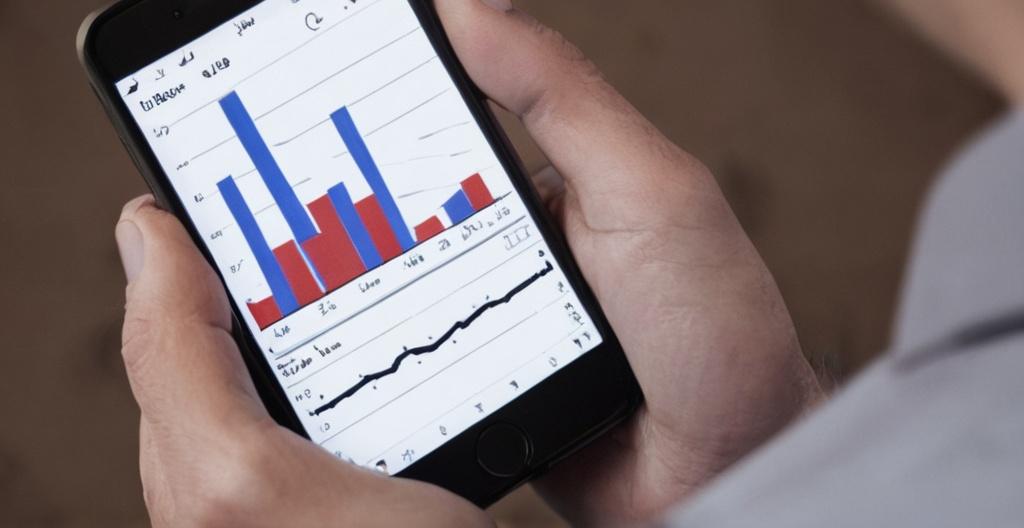Key Take Aways About Post-Trade Transparency Obligations
- Post-trade transparency involves sharing trade details like price and volume to ensure market fairness.
- It levels the playing field by providing investors with necessary information to make informed decisions.
- Pre-trade transparency differs by focusing on available information before making trades.
- Regulations like FINRA in the U.S. and MiFID II in Europe enforce transparency to prevent market abuse.
- Transparency fosters market trust and efficiency, but implementation challenges include tech issues and data management.
- Market reactions to transparency can influence price dynamics, supporting a fair trading environment.

The Gist of Post-Trade Transparency Obligations
In the world of trading, you know what happens after you’ve hit that “buy” or “sell” button, right? Well, in the trading biz, just like in life, how things play out after a decision matters a heck of a lot. That’s where post-trade transparency obligations come into play. It’s like the not-so-glamorous but oh-so-essential behind-the-scenes stuff in trading.
What’s the Deal with Post-Trade Transparency?
So, after you wrap up a trade, there’s this thing called “post-trade transparency.” It’s about showing what happened in a trade to everyone who’s got their eyes on the market. It’s like that friend who’s always spilling the tea, making sure everyone’s in the loop.
This obligation means that details like price, volume, and time of the trade are shared with the market. But why bother with this at all? Because it creates a level playing field and helps folks make informed decisions. No secret deals here!
The Need for Transparency in Trading
Imagine trying to buy a car without knowing what others are paying for similar ones. Tricky, right? The same goes for trades. Without transparency, investors might feel like they’re wandering in the dark without a flashlight.
Transparency makes sure that investors have the info they need to make solid decisions. It’s not just about being fair, it’s about boosting confidence in the whole trading process. If traders see clear, reliable info, they’re way more likely to trust the market. And let’s face it, trust is everything in trading.
Post-Trade Transparency vs. Pre-Trade Transparency
Okay, here’s where it gets a bit more nuanced. Pre-trade transparency is all about the info you get to see before making a trade, like quotes and order books. It’s like reading the menu before ordering at a restaurant.
Post-trade transparency, on the flip side, is about what happens after you’ve placed your order and got your dish. It’s like getting the bill and knowing exactly what you paid for. Both forms are super important, but they serve different purposes.
Regulations Around the World
Different corners of the globe have their own takes on post-trade transparency. In the U.S., the Financial Industry Regulatory Authority (FINRA) has its set of rules, ensuring that trade info becomes public quickly. Over in Europe, MiFID II has raised the bar for transparency, especially around fixed-income securities.
These regulations aim to curb market abuse and make sure that everyone plays nice. At the same time, they’re not trying to overload you with info, just giving you the useful bits to chew over.
Why It Matters for You
Now, if you’re a trader or just someone dipping their toes into the market waters, post-trade transparency is your ally. It means you’re not walking blindfolded. You get to see the bigger picture and make decisions that aren’t just shots in the dark.
Plus, it keeps markets more efficient. More info means more analysis, more strategies, and potentially more profit. After all, who’s gonna say no to a few extra bucks?
Challenges in Implementation
Despite all the good stuff, implementing these transparency obligations isn’t always a walk in the park. Tech hiccups, costs, and managing massive data landscapes are some of the hurdles. And let’s not forget, too much info can sometimes be just as confusing as too little.
Thinking about balancing a circus act, it’s as much an art as a science. The aim is to share enough info to foster trust without overwhelming everyone.
Market Reactions and Influences
When trade data gets out, the market listens. Prices can shift based on new info, impacting everything from stocks to bonds. While transparency aims to smooth out the rough patches, it’s no magic bullet. Market dynamics are affected by a zillion factors, and transparency is just one piece of the pie.
Yet, more often than not, these obligations help in leveling the playing field. It offers everyone from retail traders to big institutions a clearer look at what’s happening, making it a less bumpy ride for all.
Wrapping It Up
Post-trade transparency obligations aren’t just a regulatory headache; they’re a cornerstone of a fair and functional market. They give traders and investors insights to make better decisions, foster trust, and keep things above board.
In the trading world, knowledge is power, and transparency is key to unlocking that power. Whether you’re day trading or just watching the market, knowing what happens after the trade is invaluable. It’s like having a backstage pass to the show and seeing how the magic happens.